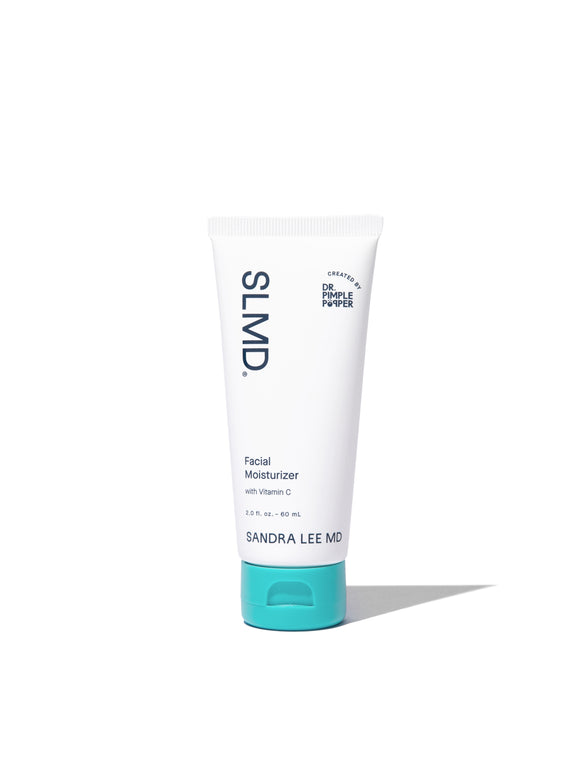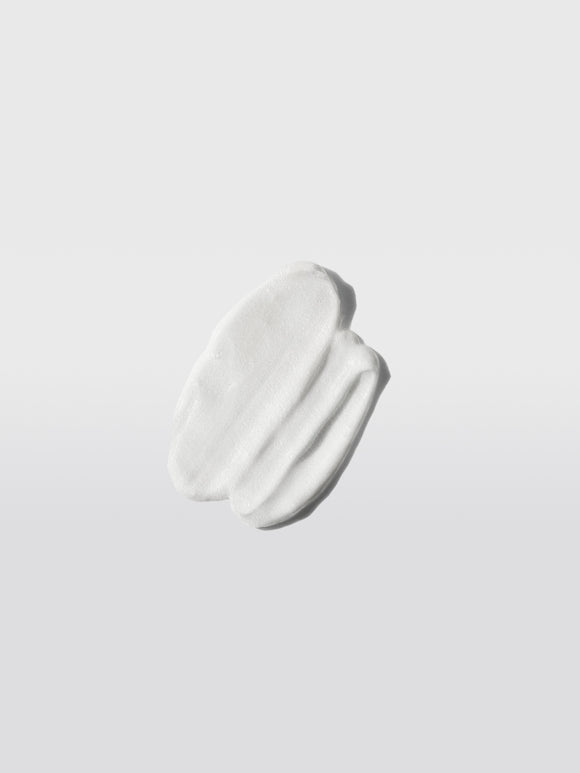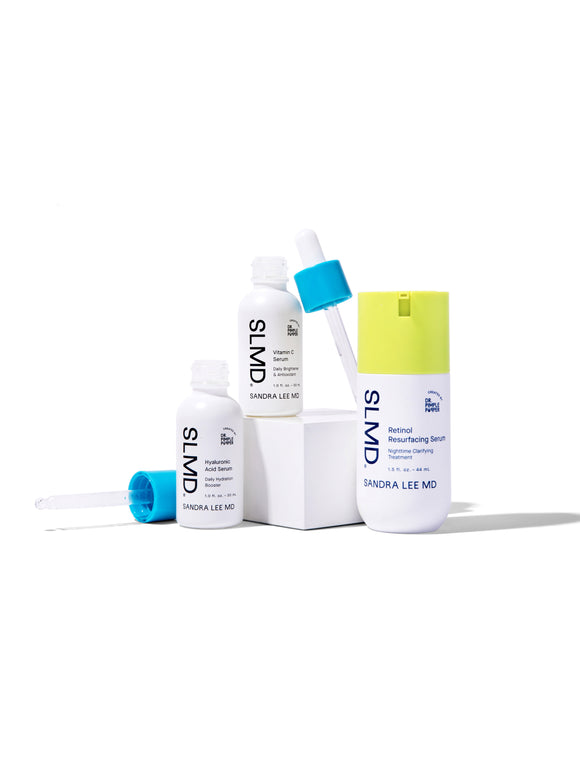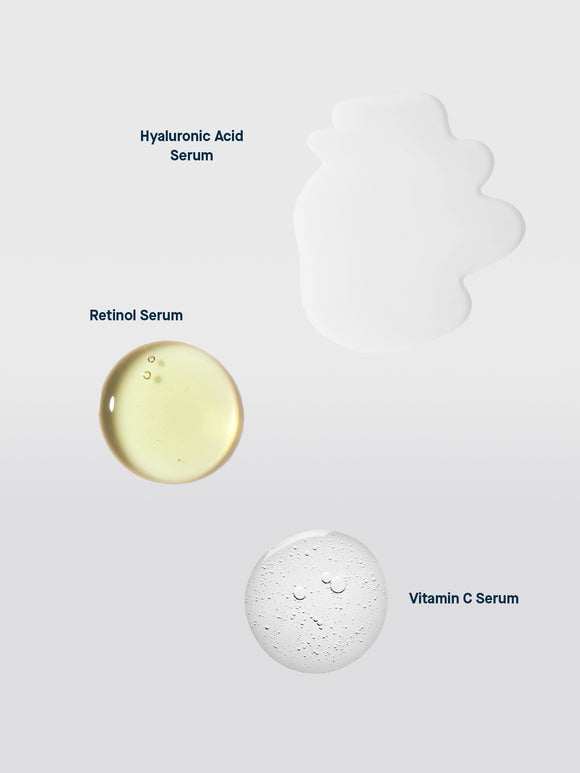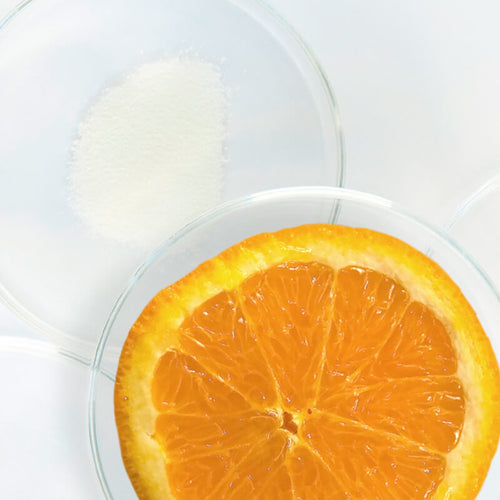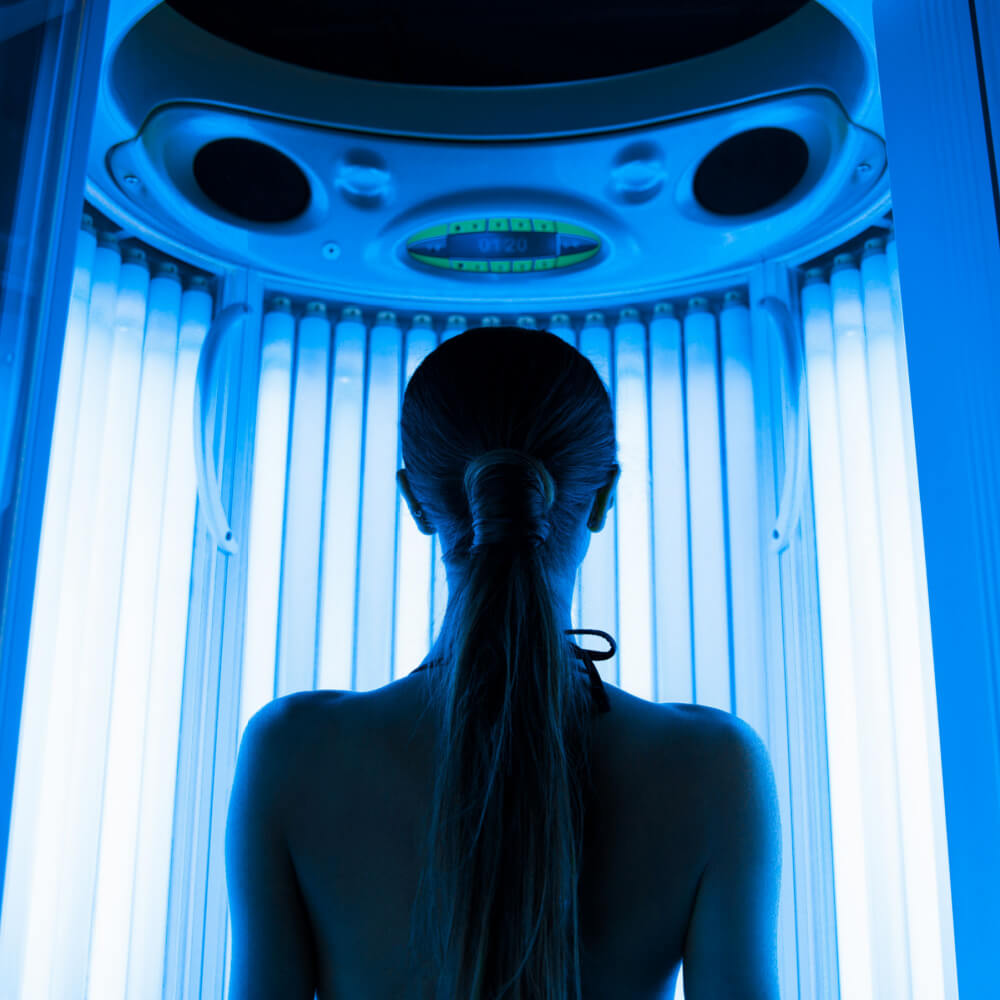
Dr. Pimple Popper Debunks the Tanning Bed Myth
You can't get a "healthy" glow from a tanning bed, says our founder, Dr. Sandra Lee. But she's got some other tanning tricks up her sleeve...
Published:
4 minute read
Legend has it that Coco Chanel kicked off our modern-day obsession with tanning in 1923 when she was photographed after catching too much sun while vacationing on a Mediterranean yacht. Fast-forward to the 80s, when indoor tanning salons made it possible to get that jet-set glow in a fraction of the time — supposedly without the accompanying risk of real sun exposure.
But that belief turned out to be a total fantasy: it’s clear from research that indoor tanning is far more damaging than originally believed. It’s also clear that millions of Americans — especially young women — still haven’t gotten the message and are still using tanning beds in spite of the dangers.
According to our founder, dermatologist Sandra Lee, MD (aka Dr. Pimple Popper), this is largely a matter of good, old-fashioned marketing, and a set of false beliefs that refuse to go away. Here, she debunks some of the most common myths about indoor tanning beds.
MYTH: It’s safer than the sun
“There are 2 types of UV rays that we worry about,” says Dr. Lee. “UVA rays cause more long-term damage to skin (like dark spots and wrinkles), while UVB rays are more responsible for sunburn.” Both types of radiation contribute to skin cancer.
Like the sun, the ultraviolet light from tanning beds is mostly UVA, with a bit of UVB in the mix. The main difference is in the dose: while equipment varies, tanning beds emit somewhere between 3–6 times as much UVA radiation as the sun. “That means you’re getting a mega-hit of the rays that do more long-term damage and drastically increase your risk of developing deadly melanoma,” says Dr. Lee.
MYTH: It helps you get a “base tan”
This is one of the most persistent misconceptions, whether we’re talking about outdoor or indoor tanning. “People look at tanning like it’s ‘protecting’ them from getting a sunburn, but that’s not really what’s going on,” Dr. Lee explains. “Getting a tan means you’re getting sun damage.”
Contrary to popular belief, getting a tan isn’t much better than getting a sunburn — it’s just a different response from the skin. “Sunlight damages the DNA in skin cells,” she explains. “That triggers the production of protective pigment — which is tanning — and an immune response, which is redness and swelling, characteristic of a sunburn.”
MYTH: It’s a good source of vitamin D
Think UV exposure is the best way to get your vitamin D? You’re right: our skin is programmed to make this essential vitamin via chemical reactions that can only take place when we’re exposed to UVB rays. If you’ve been paying attention, you already know that tanning beds are not optimized for this task: they emit amped-up doses of UVA radiation — not vitamin D-producing UVB rays.
According to Dr. Lee, the safest way to make sure you’re getting enough vitamin D is to catch a modest amount of sunshine daily, when possible. “I always tell people to find a balance between staying sun safe and making sure you're making enough vitamin D,” she explains. “Of course this varies based on your skin tone, but many people can get all the exposure they need in the 15 minutes or so that it takes your sunscreen to start working.”
MYTH: It boosts your mental health
“Tanning is popular because people think they look better with a little color, and they’re also getting a boost of endorphins,” says Dr. Lee. But according to recent research, that “kick” quickly fades, frequently leading to feelings of depression. In fact, as many as 1 in 5 women who tan show signs of dependency.
So why does this myth persist? Part of the problem is that tanning salon owners have been putting out misinformation for decades — saying what people want to hear in order to lure and keep customers. In fact, a congressional investigation revealed that many salon owners downplay the risks and overstate the benefits of indoor tanning, often targeting teens and young women.
Dr. Pimple Popper's safe alternatives to tanning
“There’s really no reason to use a tanning bed, especially nowadays when there is so much more acceptance and celebration of all different types of skin tones,” notes Dr. Lee. And if you really covet that tan, there are great products on the market that can get you there safely. Here are Dr. Lee’s suggestions for boosting your natural glow.
- Try a sunless tanning product. From spray to mousse to gradual lotion, there is a seemingly-endless variety of self-tanners on the market to try. These products contain dihydroxyacetone (DHA), a safe and effective ingredient that interacts with the top layer of your skin to produce a temporary tan.
- Experiment with bronzing makeup. These products can provide a subtle sun-kissed look without exposing your skin to harmful UV radiation. Choose quality products free from synthetic fragrance that match your skin tone for a natural and seamless result.
- Embrace your skin tone. Take inspiration from scores of bloggers and social media users and celebrate your natural complexion. Remember that confidence and self-acceptance radiate true beauty.
- Protect and nurture your skin health. Invest in a comprehensive skincare routine that focuses on protection and nourishment. Apply a broad-spectrum sunscreen with a high SPF daily, even when you're not exposed to direct sunlight. Moisturize your skin regularly to maintain hydration and support its natural barrier function.
Psst: SLMD Dual Defender protects and moisturizes, with a lightweight formula that guards against both UVA and UVB rays.

Dr. Lee's Last Word
I cannot say this enough: please stay away from the tanning salon. It’s so damaging to your skin in the long term, and I think we’re going to see a lot of the Gen Xers who tanned getting skin cancer as they get older. Instead, use a self-tanning product and then apply a broad spectrum sunscreen like my Dual Defender every day.



